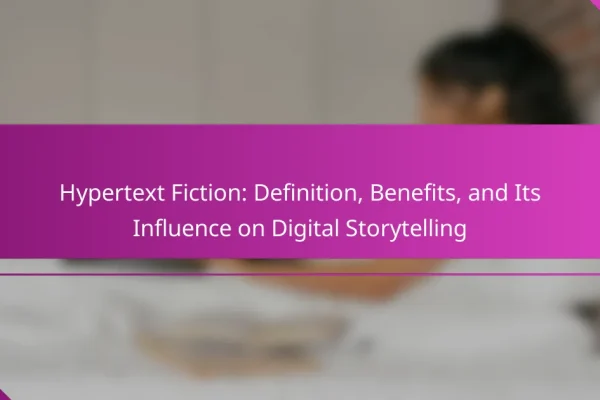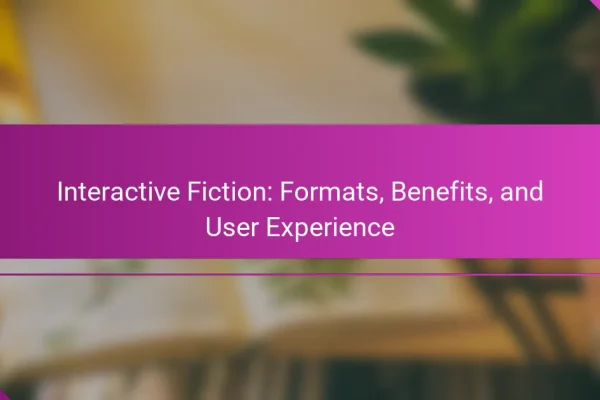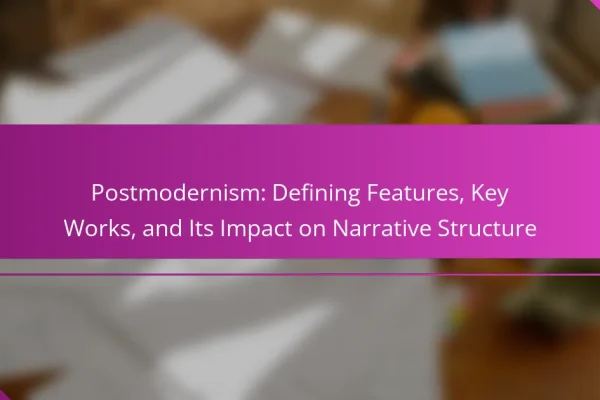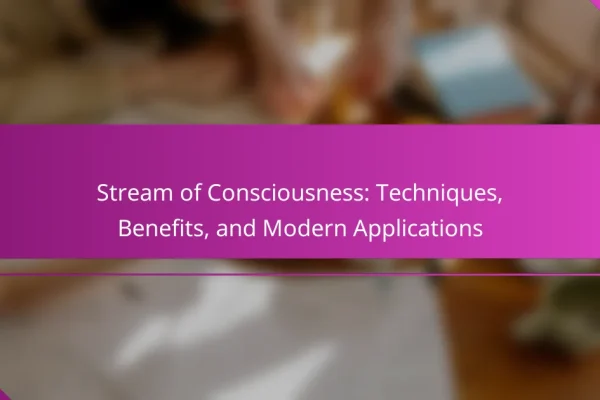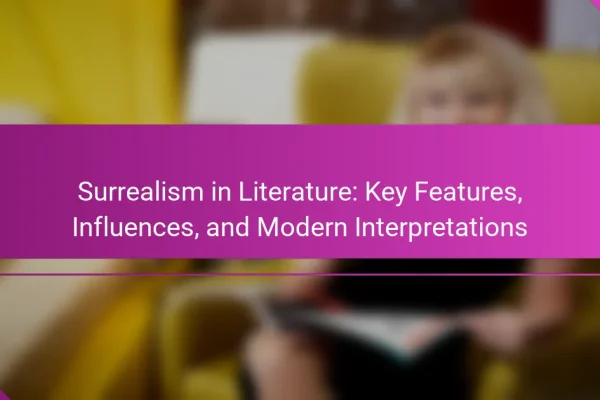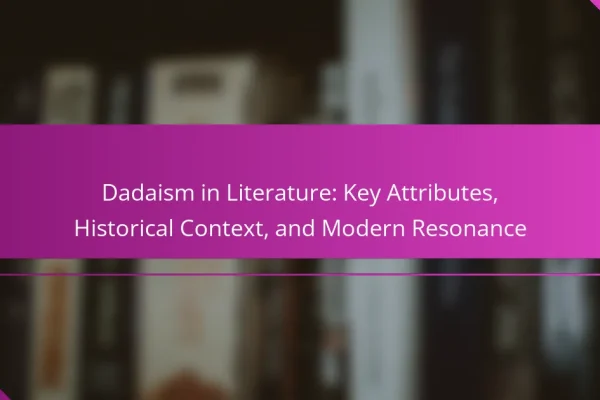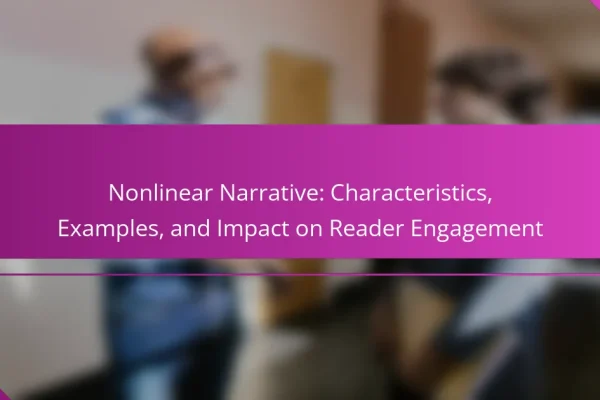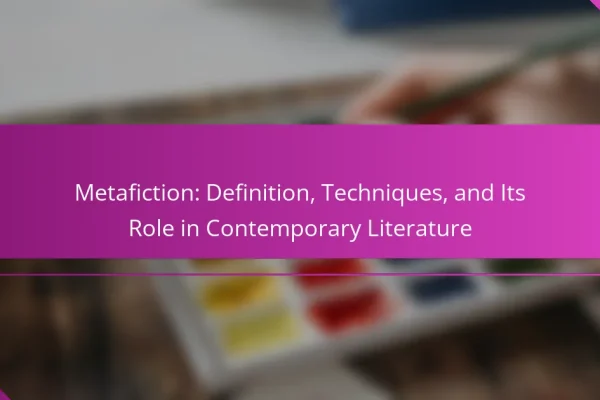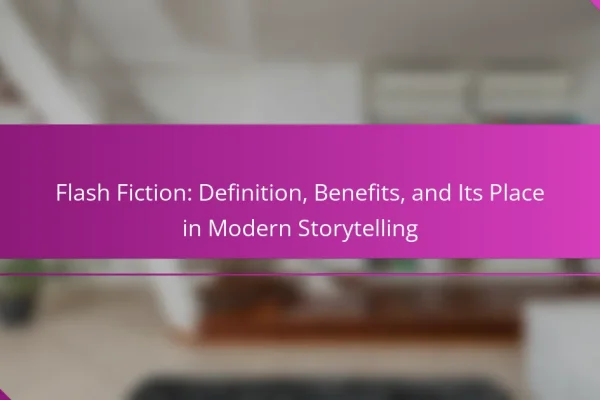
Flash Fiction: Definition, Benefits, and Its Place in Modern Storytelling
Flash fiction offers a unique way for writers to convey powerful narratives in a concise format. This article explores its definition, highlights the benefits for writers, and examines its evolving role in modern storytelling. Key platforms for publishing flash fiction are discussed, alongside cultural influences and emerging trends shaping the genre. The challenges writers face…
